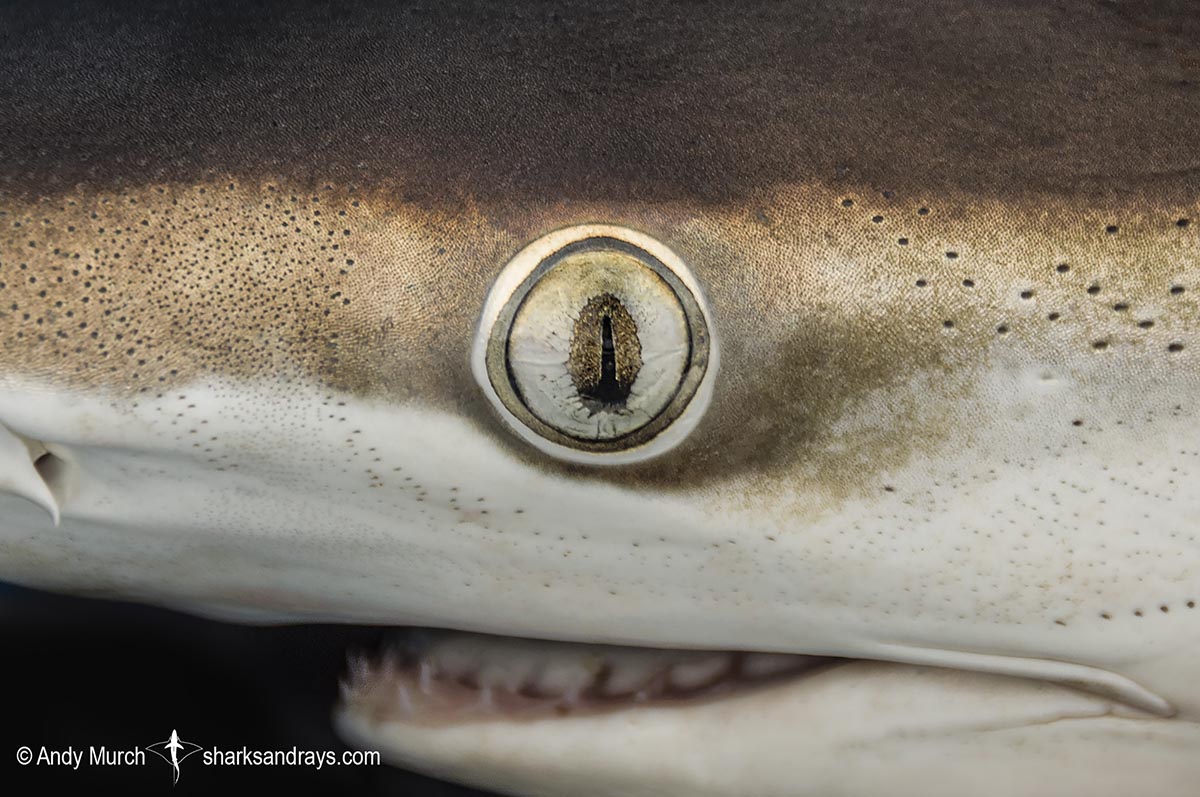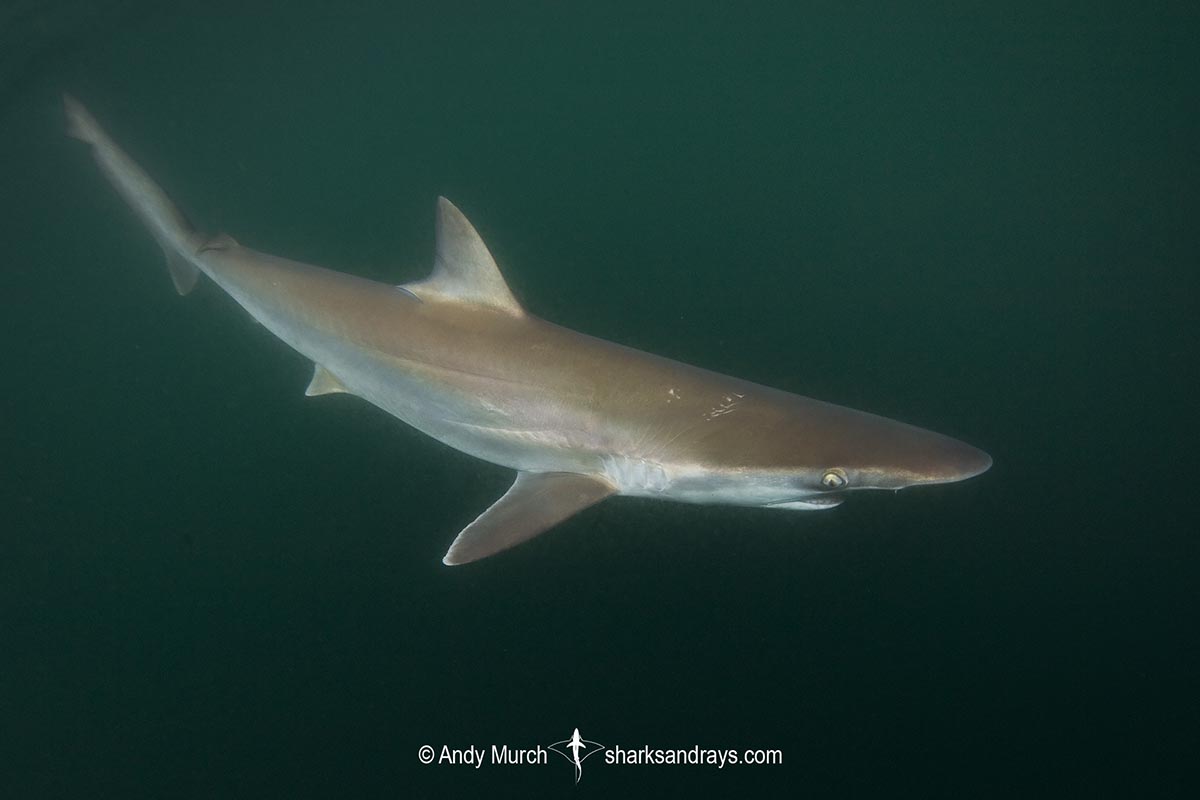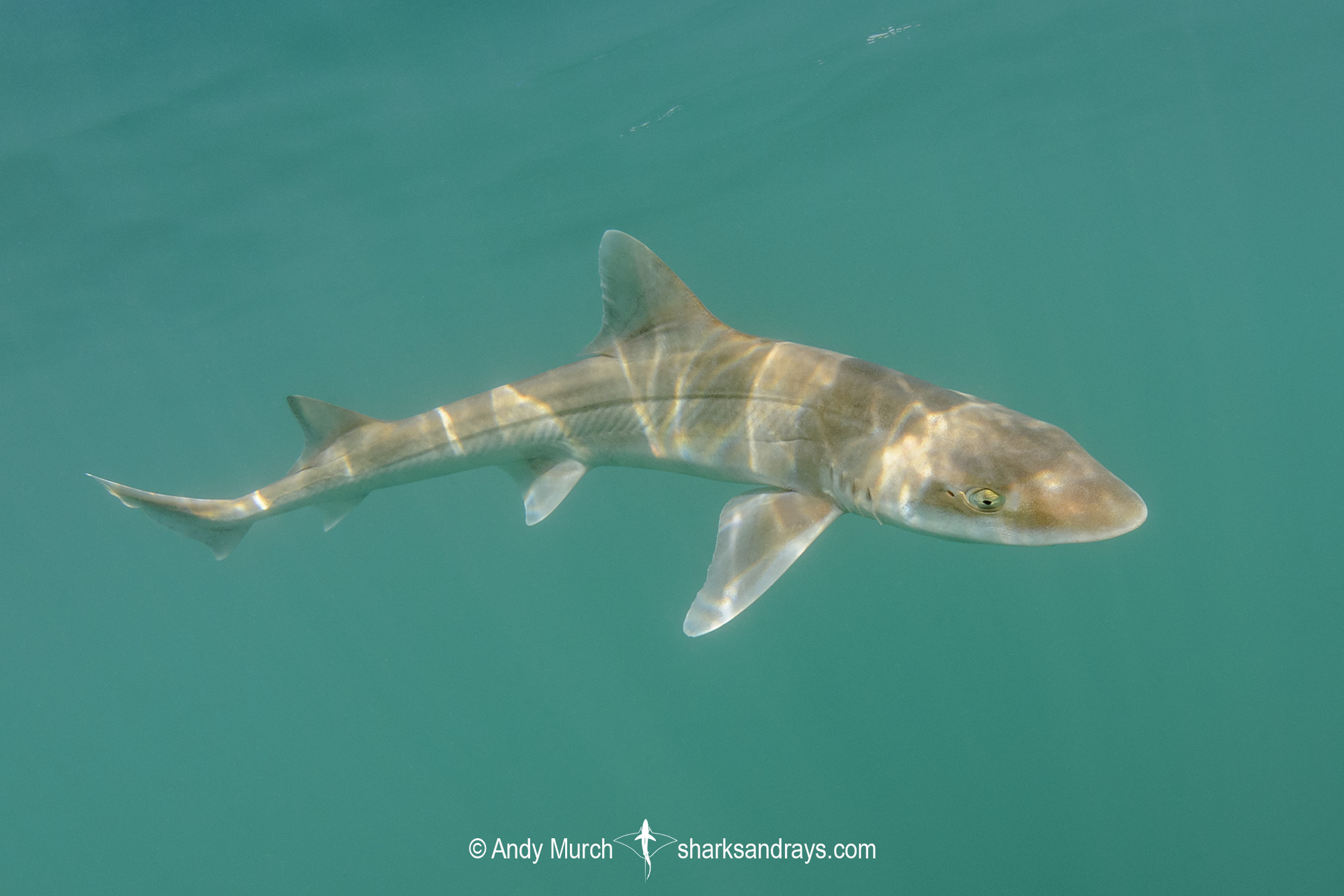Common name
Pacific Sharpnose Shark.
Binomial
Rhizoprionodon longurio.
Synonyms
Carcharias longurio, Scoliodon longurio.
Identification
Slender body. Snout very long and pointed. Long, deep labial furrows around mouth. Conspicuous row of hyomandibular pores extending backwards from the mouth. First dorsal fin origin over pectoral fin free rear tip. Second dorsal fin origin level with middle of anal fin base. Dorsal coloration grey-brown or bronze. Posterior margins of pectoral fins pale edged. Posterior margin of upper caudal lobe often dusky or black.
Size
Maximum length 116cm (Castillo, Geniz 1990). Size at birth 33-34cm.

Conservation Status
VULNERABLE
The Pacific sharpnose shark is heavily targeted by gillnetters and longlines throughout the eastern Pacific. It is also a common bycatch component in shrimp and hake trawl fisheries and in fish traps.
Overall, Pacific Sharpnose Shark populations have decreasedby 30–49% over the past 15 years.

Habitat
Found over soft mud and sand in warm temperate and tropical waters. Intertidal to 27m but suspected of moving into deeper water in the Gulf of California during the summer.
Distribution
The Pacific sharpnose shark is limited to the coastal Eastern Pacific from Southern California to Peru including the Sea of Cortez.
Reproduction
A viviparous species with yolk-sac placenta. 1-12 pups per litter. Gestation approx. 10-12 months. Annual reproductive cycle.
Diet
Diet consists of small bony fishes and crustaceans.
Behavior
Poorly known. Likely stays close to the bottom on muddy and sandy substrates where it feeds. Probably migrates into deeper water during the summer.
Reaction to divers
Unknown, but likely very shy due to its small size.
Diving logistics
Rarely if ever encountered by divers. The images on this page are of released animals, that I encountered while accompanying artisanal shark fishermen in the Sea of Cortez. Although they thought it was an odd request, the fishermen let me buy the sharks for a few dollars and liberate them.
On the day that I went to sea with the fishermen, we took a small panga out of Mulege, Baja. They baited 400 hooks on 2km of longlines. For this effort, they retrieved 7 small sharpnose sharks, which they told me barely paid for their bait. In contrast, the oldest fisherman on the panga told me that 30 years prior, he had gone to sea with a much shorter longline baited with 100 hooks. On that day, they caught so many sharks that the panga was ‘filled to the gunnels’ and in danger of sinking as it returned to port.
Although this species is still considered relatively common, it is clear to me that fishing effort should be reduced or banned altogether until its numbers increase significantly.
What’s new
View our full list of updates
Similar species
Grey Smoothhound Shark Distinguished by its much larger second dorsal fin which is positioned forward of the anal fin.



